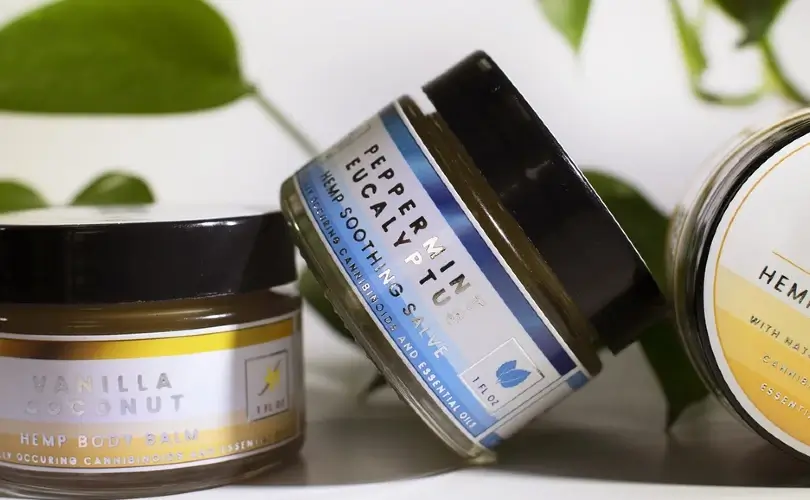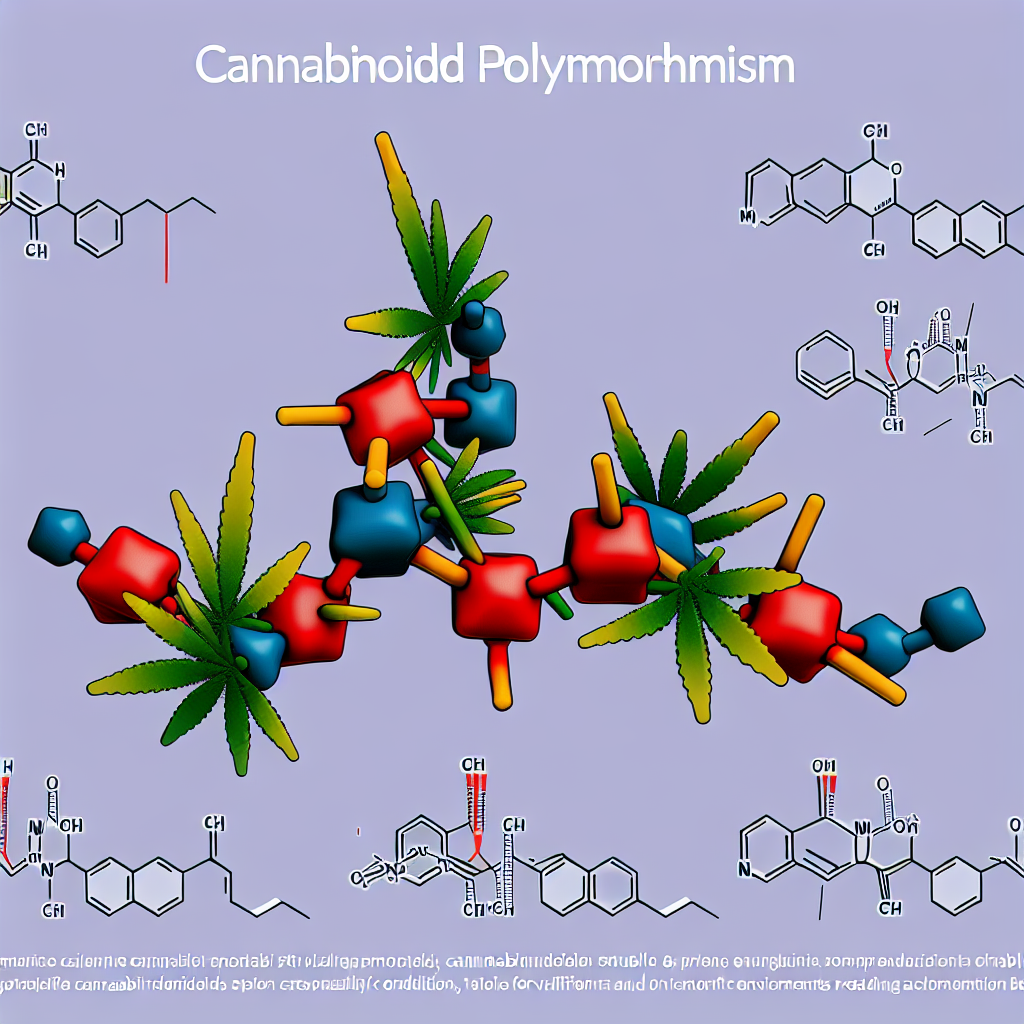Understanding Cannabis COAs: How to Read Lab Reports Like a Pro
Why Cannabis COAs Matter More Than Ever
As legal cannabis continues to expand across the United States and globally, transparency and safety have become more critical than ever. Consumers are no longer satisfied with just a strain name and THC percentage; they want to know precisely what they’re putting in their bodies. That’s where Certificates of Analysis (COAs) come in. A COA is a third-party laboratory report that verifies the contents and purity of a cannabis product. This information is a cornerstone in ensuring product quality, consumer safety, and maintaining trust in the cannabis industry.
Unfortunately, for many consumers, COAs are akin to reading a foreign language—dense with scientific terms, measurement units, and abbreviations that are often misunderstood or entirely overlooked. Even some industry professionals may struggle with interpreting test results, which can negatively impact purchasing decisions or compliance protocols.
Understanding how to read COAs is a powerful tool both for cannabis consumers and professionals. For consumers, it helps verify that a product is free from harmful contaminants like pesticides, heavy metals, mold, or residual solvents. For dispensary staff, product formulators, cultivators, and medical professionals, detailed knowledge of COAs facilitates better recommendations, improved formulations, and patient care.
A standard COA typically includes cannabinoid potency (THC, CBD, and minor cannabinoids), terpene profiles, and contaminant screenings. But beyond just the numbers, a COA tells a larger story about product safety, efficacy, consistency, and regulatory compliance. For medical patients, especially those with compromised immune systems or sensitivities, reading a COA thoroughly can be the difference between therapeutic outcomes and adverse reactions.
In today’s cannabis landscape, where industry standards can vary between states and countries, being able to independently assess a lab report empowers users to make informed decisions. Recognizing red flags like missing documentation, inconsistent lab partners, or ambiguous data presentation can serve as early warnings for potential quality issues.
In this article, we’ll break down each section of a cannabis Certificate of Analysis, highlight key points to focus on, and present research-backed insights into why these details matter. Whether you’re a casual user, a budtender, or a product formulator, this guide is your roadmap to understanding COAs like a seasoned pro.
The Science of COAs: Backed by Accredited Testing Standards
Cannabis COAs are more than regulatory documents — they are scientific reports backed by rigorous methodologies. Each element present in a COA originates from validated testing procedures that adhere to global standards of laboratory accuracy, such as ISO/IEC 17025 accreditation. This certification ensures third-party labs meet international benchmarks for testing competence and impartiality.
Decoding Cannabinoid Profiles: More Than Just THC & CBD
Research shows that cannabinoids work synergistically in the “entourage effect,” enhancing therapeutic benefits when multiple compounds are consumed together. For example, a study published in the British Journal of Pharmacology explored the interplay between THC and CBD, indicating that CBD can mitigate some of the psychoactive effects of THC while enhancing anti-inflammatory and analgesic properties. Knowing the exact ratio of cannabinoids (THC, CBD, CBG, CBN, etc.) informs medical professionals and patients when choosing strains or products tailored to specific health conditions such as epilepsy, chronic pain, or anxiety.
Terpenes Unveiled: The Aromatic Compounds that Do More than Smell Good
Terpenes, though often overlooked, are key players in therapeutic outcomes. A 2021 study published in Frontiers in Psychiatry found that certain terpenes have anxiolytic (anti-anxiety), antidepressant, anti-inflammatory, and neuroprotective effects. COAs that provide detailed terpene profiles empower patients and wellness professionals to select products based on scent, flavor, and desired medicinal properties rather than arbitrary strain names. For instance, limonene may uplift mood, while myrcene often induces sedation.
Contaminant Testing: Protecting Your Health with Every Hit
One of the most critical functions of a COA is contaminant screening. Pesticide residues, heavy metals, molds, and residual solvents can pose serious health risks, especially for immunocompromised individuals. A notable study in the Journal of Toxicology highlighted the risks of heavy metal contamination in cannabis, emphasizing bioaccumulation in plants grown in contaminated soil or hydroponic solutions. Another study in Environmental Health Perspectives showed that residual solvents like butane and ethanol can remain in improperly purged concentrate products, leading to respiratory issues or toxicity.
State regulations often dictate the allowable thresholds for these contaminants, but due diligence on the consumer’s or provider’s part is non-negotiable. Professionals in the medical cannabis sector must interpret these results precisely to guide safe medication usage and minimize patient risk.
Microbial Analysis: Don’t Let Mold, Yeast, or Bacteria Wreck Your Wellness
Yeast, mold, and bacteria like Salmonella and E. coli can compromise immune systems or cause infections. Accurate microbial analysis is critical for edible producers and anyone using cannabis-based wellness products. COAs that report “Pass” or “Fail” without disclosing levels or detection limits should be approached cautiously.
Batch-to-Batch Reliability: Why COAs Matter for Consistent Quality
In the professional landscape, COAs also hold importance in maintaining consistent product formulation. A discrepancy between what’s on a product label and its actual content can erode brand trust and open legal liabilities. Laboratories help ensure accuracy by retesting to confirm consistency across product batches.
Stay Ahead of the Curve: Preparing for Future Regulatory Standards
As cannabis continues its push toward federal legalization in the U.S., standardized COA requirements will become mandatory for all manufacturers and distributors. Professionals who already understand how to read and analyze lab reports will be ahead of the curve in maintaining compliance and scaling their business operations sustainably.
Final Thoughts: Empower Yourself With COA Knowledge
Cannabis COAs provide a data-rich look into the safety, potency, and overall quality of a product. Whether you’re a consumer looking to make informed choices or a professional striving for industry excellence, understanding how to interpret these documents is essential. From cannabinoid ratios and terpene content to contaminant screenings and batch consistency, COAs illuminate truths that can’t be found on product labels. Empower yourself with this knowledge, and you’ll navigate the cannabis market with clarity and confidence.
References
1. British Journal of Pharmacology
2. Frontiers in Psychiatry
3. Journal of Toxicology
4. Environmental Health Perspectives
5. ISO/IEC 17025 Accreditation
Summary:
Cannabis Certificates of Analysis (COAs) are essential documents that provide detailed information about the safety, potency, and quality of cannabis products. Understanding how to read and interpret COAs is crucial for both consumers and industry professionals. This article breaks down the key components of a COA, including cannabinoid profiles, terpene analysis, contaminant testing, and batch consistency. By empowering yourself with COA knowledge, you can make informed decisions, ensure product safety, and navigate the ever-evolving cannabis landscape with confidence.




